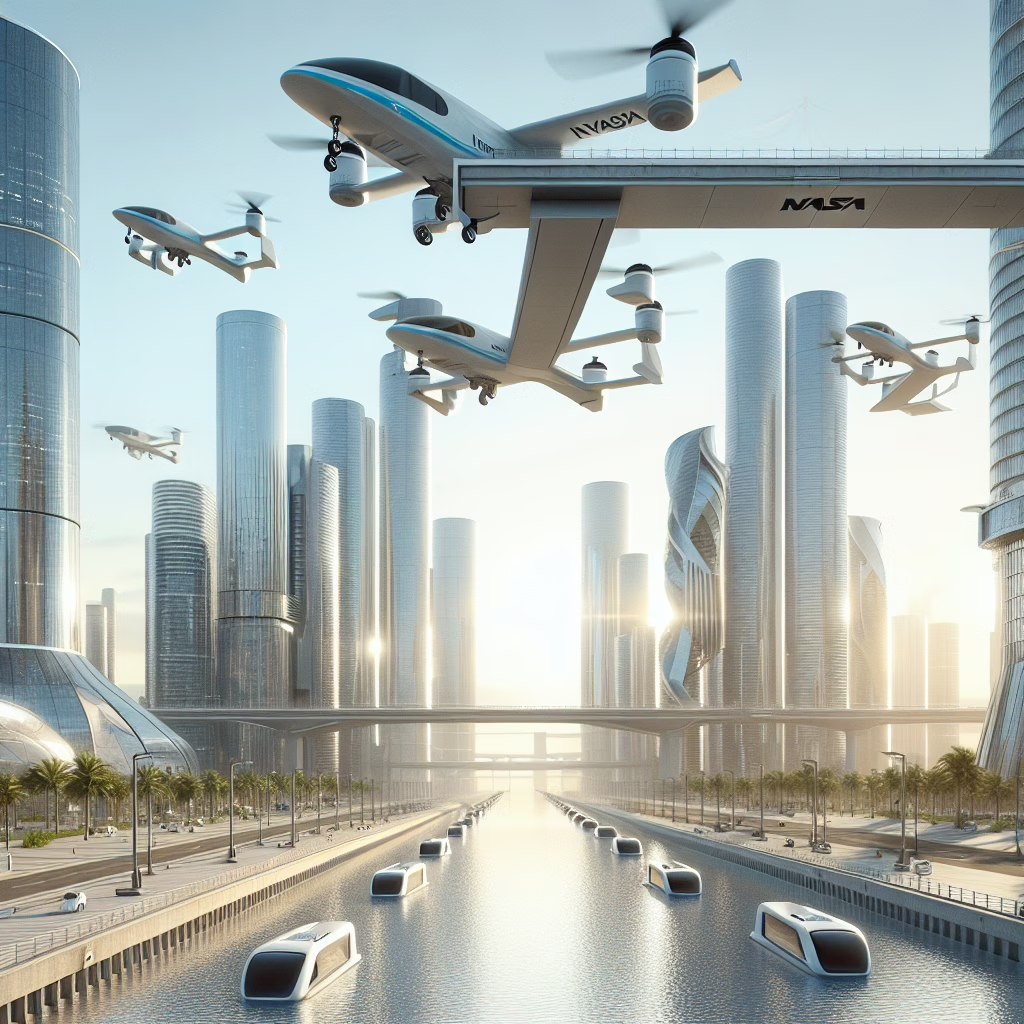In a world where air travel has become as common as forgetting your password, NASA has decided to sprinkle some magic dust on our flying machines. Enter the realm of specialized aircraft technology, where dreams of cleaner skies and quieter flights take off! With all the excitement of a kid in a candy store, NASA is gearing up to showcase innovations that promise to make air travel not just more efficient, but also more eco-friendly.
What’s New in the Sky? Specialized Aircraft Technology!
NASA’s latest initiative isn’t just about flying from point A to point B; it’s about doing it while leaving behind a lighter carbon footprint. The agency is focused on developing specialized aircraft technology that aims to tackle two major issues: reducing emissions and improving fuel efficiency. Imagine soaring through the clouds while feeling like you’re contributing to saving the planet—talk about a win-win!
At the core of this specialized aircraft technology is the Advanced Air Mobility (AAM) initiative, which envisions air travel that integrates seamlessly into urban environments. This means we might soon see electric vertical takeoff and landing (eVTOL) vehicles zipping around our cities. You might even find yourself waving at one as you sip your morning coffee!
How Does It Work? The Science Behind the Magic
Now, let’s dive into the nitty-gritty. NASA’s specialized aircraft technology employs various cutting-edge designs and technologies. For instance, these new aircraft are engineered with advanced aerodynamics that help reduce drag—think of it as giving your airplane a superhero cape! Less drag means better fuel efficiency, leading to lower emissions. Who knew physics could be so glamorous?
The AAM initiative includes partnerships with both traditional aerospace companies and innovative startups. This collaborative approach ensures that NASA can tap into a wealth of knowledge and creativity. It’s like assembling the Avengers, but for aircraft!
Benefits Galore: Why This Matters
Why should we care about specialized aircraft technology? Well, aside from making our skies cleaner and our flights quieter, these advancements could lead to new job opportunities and economic growth in the aerospace sector. Just imagine: every time you board a plane powered by clean energy, you could feel like an eco-warrior on a mission!
Furthermore, these innovations are set to reshape how we think about transportation. With the potential for on-demand air taxis and improved access to remote areas, we might soon live in a world where hopping into a flying car becomes as normal as hailing an Uber. Talk about leveling up our travel game!
The Road Ahead: What’s Next for NASA?
The journey doesn’t stop here! NASA plans to continue refining its specialized aircraft technology with rigorous testing over the coming years. They’ll be putting these new designs through their paces to ensure they’re safe and effective for public use. So, buckle up—exciting times are ahead!
As we look towards 2025, it’s clear that NASA’s commitment to innovation and sustainability will reshape our future in aviation. By investing in specialized aircraft technology today, we’re paving the way for a greener tomorrow.
If you’re as excited about this new era of aviation as we are, don’t hesitate to share your thoughts! What do you think about NASA’s initiatives? Are you ready for your own flying car experience? Let us know in the comments below!
Special thanks to Yahoo News for providing insights that inspired this article! Additionally, for related advancements in technology, explore our article on NASA’s technology to assist in search and flood recovery efforts in Hill Country.

